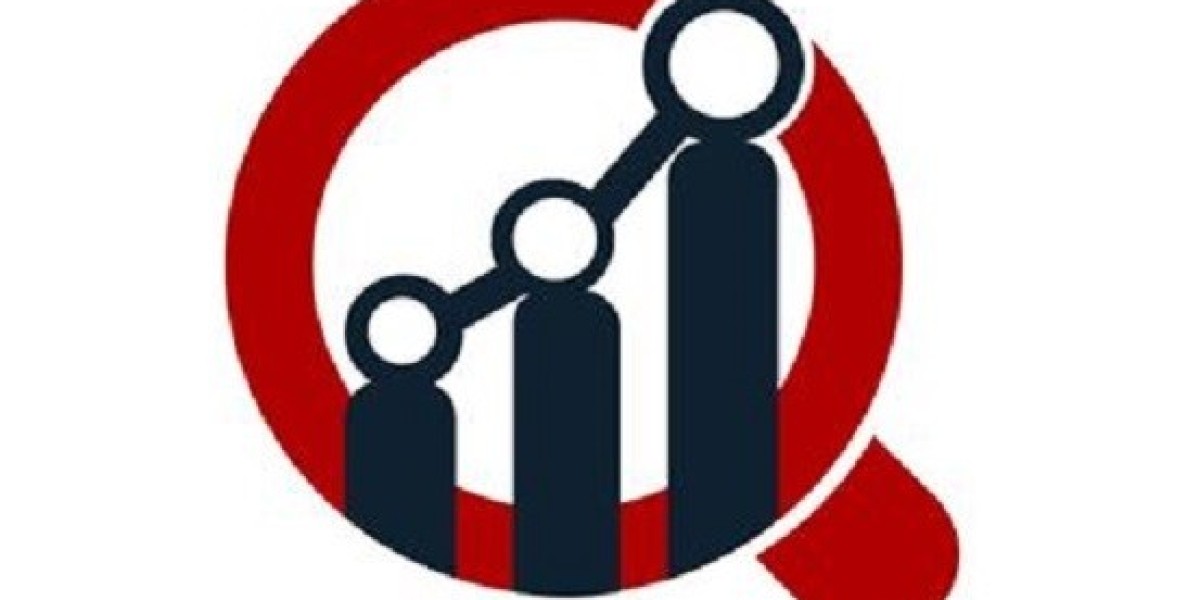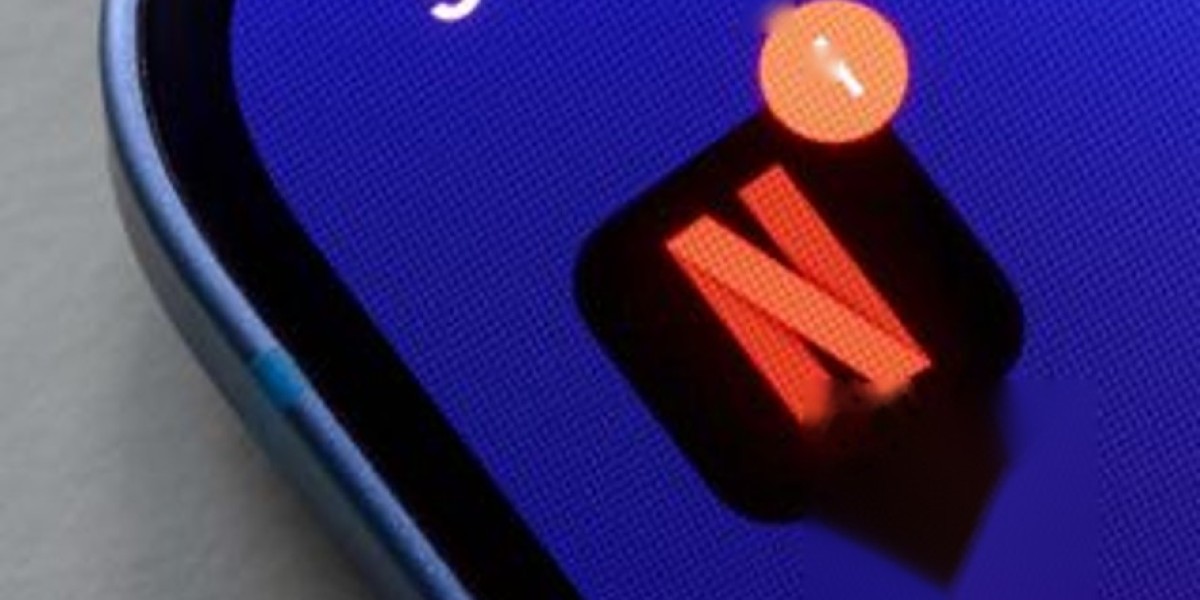Leukapheresis Device Market: Revolutionizing Blood-Based Therapies
Leukapheresis is a vital process in which white blood cells (leukocytes) are separated from the blood and collected for therapeutic or research purposes. As immunotherapies and advanced cellular treatments become more mainstream, the demand for reliable, high-precision leukapheresis devices continues to surge. These devices serve as the backbone of various clinical procedures such as stem cell transplants, CAR-T cell therapy, and management of hematological malignancies.
Understanding the Role of Leukapheresis Devices
At its core, leukapheresis is a form of apheresis — a technique that involves removing blood from a donor or patient, separating desired components, and returning the rest to the body. Leukapheresis devices are specifically designed to isolate white blood cells, making them crucial in treatments that require cell modification, immune system regulation, or removal of abnormal leukocytes. Their usage spans across oncology, autoimmune disorders, and research laboratories.
The Increasing Demand from Immunotherapy and Oncology
One of the key drivers for the leukapheresis device market is the growing demand for personalized medicine and cell-based therapies. Immunotherapies, particularly CAR-T cell therapy, rely on the collection and modification of T-cells. Leukapheresis devices are central to this process. They ensure the viable extraction of cells with minimal contamination, which is critical for therapeutic efficacy.
In the treatment of leukemia and lymphoma, these devices are also used to reduce high white blood cell counts, relieving patients from symptoms caused by hyperleukocytosis. As more immunotherapies get regulatory approvals globally, the dependence on leukapheresis systems is only expected to deepen.
Technological Advancements and Automation Trends
Modern leukapheresis machines offer increased automation, reduced procedure times, and enhanced patient comfort. New-generation devices come with intuitive interfaces, real-time monitoring, and data integration features, improving workflow for clinicians and ensuring high-quality yields of target cells. Automation also minimizes operator error and helps standardize procedures across institutions.
Single-use kits and disposable components have also become mainstream, reducing the risk of cross-contamination and infection. This trend aligns well with growing demands for sterile, regulated environments in clinical and research setups.
Clinical Applications Beyond Oncology
Although oncology dominates the usage of leukapheresis, its role is expanding into other therapeutic domains. In autoimmune diseases like multiple sclerosis and rheumatoid arthritis, leukapheresis can help modulate immune responses by removing specific subsets of white cells. In organ transplantation, it supports immune system conditioning. Furthermore, its utility in infectious disease studies and vaccine development has brought leukapheresis into the spotlight within clinical research communities.
Market Dynamics and Regional Expansion
North America leads the leukapheresis device market due to its advanced healthcare infrastructure, early adoption of cell therapies, and strong investment in biotechnology. Europe follows closely with well-established clinical research frameworks. Meanwhile, the Asia-Pacific region is witnessing accelerated growth thanks to improved healthcare access, increasing cancer prevalence, and government investments in biomedical research.
As global clinical trial activities increase and biologic drug development intensifies, demand for leukapheresis procedures and related devices is projected to see a robust rise. Collaborations between hospitals, research institutes, and med-tech companies are also fostering innovation and availability in emerging regions.
Challenges in Adoption and Accessibility
Despite its clinical value, leukapheresis procedures can be costly and resource-intensive. Specialized training, infrastructure, and support systems are required to operate these devices effectively. Moreover, not all medical centers — especially in low-resource settings — are equipped to perform complex cell collection processes, which may hinder global penetration.
To address these gaps, portable and cost-effective leukapheresis devices are in development. These next-gen systems aim to decentralize the process, making it accessible to more patients without compromising on cell quality or safety.
The Road Ahead
The leukapheresis device market is poised for continued growth as the era of advanced cellular therapies and regenerative medicine gains momentum. From cancer treatments to autoimmune disease management, the scope of leukapheresis is vast and expanding. As technology becomes more refined and accessible, these devices are expected to become standard tools in both hospital-based and research-centered therapeutic pathways.
Explore our latest reports
? Stay ahead in the healthcare industry. Browse our latest insights now!
About Market Research Future (MRFR)
Market Research Future (MRFR) is a global market research firm that provides comprehensive insights into market trends, drivers, challenges, and opportunities. We offer a broad range of market inteligence reports and consulting services to help businesses and enterprises in various industries make informed decisions
Media Contact:
Market Research Future (MRFR)
Phone: +1-646-845-9312
Email: contact@marketresearchfuture.com
Website: marketresearchfuture


